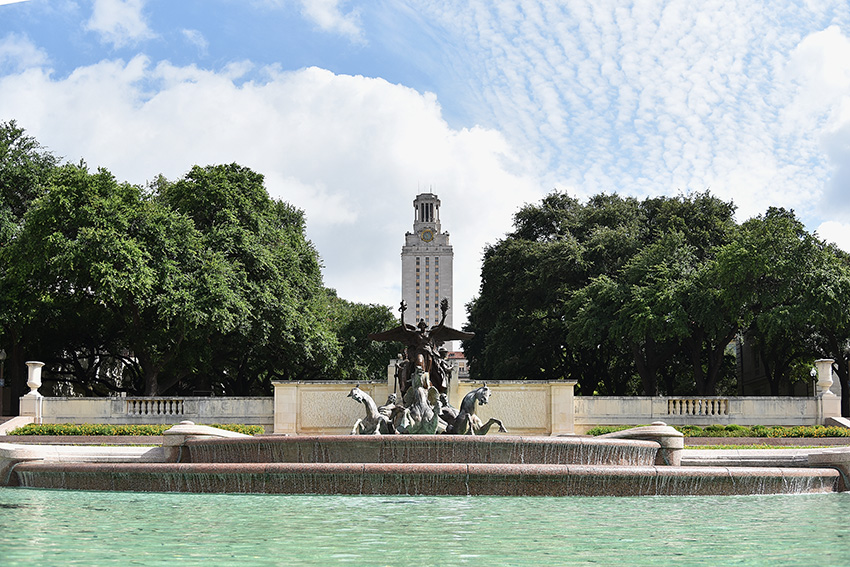When UT professor emeritus David B. Gracy II saw the events that unraveled in Charlottesville, Virginia, in August, he said he felt demoralized.
Gracy is a descendant of Confederate Major George Washington Littlefield’s sister, and is currently writing a history about him. On the 40 Acres, Littlefield is best known as a successful cattle businessman and the largest donor in the University’s first 50 years.
The former professor said it was shameful that Confederate statues became rallying points for white supremacists and neo-Nazis, endangering UT’s Confederate statues to also be reduced to the same bigotry. Later in August, when UT President Gregory Fenves removed Confederate statues across campus overnight, Gracy felt he was right to do so.
“Fenves did the right thing to just get them out of the way,” Gracy said.
Although supportive of the statues’ removal, Gracy doesn’t think they should be destroyed either — instead, he said, they should be preserved for education’s sake, and was happy with the decision to relocate them to the Briscoe Center.
“As opposed to having on our campus the kinds of situation that occurred in Charlottesville, or in North Carolina where they pulled one down and just flat out destroyed it, I think it is a better decision,” Gracy said.
Other Confederate descendants were less satisfied with the decision. The statues’ removal prompted a lawsuit against UT from Steven Littlefield and Sons of Confederate Veterans.
Gracy said it’s important to scrutinize whether or not the statues carry historic significance beyond their roles in the Civil War. Moving the statues into a museum, Gracy said, will better contextualize the men than their statues just standing alone.
John Reagan, Gracy explained, was more important than simply being the Confederacy’s postmaster general: He also advocated for the interstate commerce clause that allowed the federal government to regulate railroad freight charges and practices. He added that Albert Sidney Johnston was Texas’ Secretary of War before the Civil War, and Robert E. Lee became a supporter of reconciliation after the Civil War.
Gracy said it’s understandable why these details are overlooked if a statue is just standing on its own on campus. He hopes students will not broadly paint the removed statues as mere symbols of the Confederacy.
Doug Snyder, management information systems and government senior, said he was pleased by how quickly the statues were removed, and considered it more appropriate to relocate them to a museum.
“It’s perfectly fair to learn from the mistakes of our past,” Snyder said. “Just as you study American atrocities overseas and learn from our mistakes, it make sense you study statues in an attempt to learn how normalized white supremacy was.”
Corporate communications senior Kayli Bolds said though it is important to confront the painful history the statues symbolize, she is glad the University is no longer paid homage to on campus.
“Being biracial, half black, (the statues) mean hate,” Bolds said. “My dad faces discrimination. I still face discrimination, so it’s just like we’re already having a hard time, and having these statues up is just kind of reminding us that we’re still nothing.”
Gracy said if there comes a day when UT students advocate for the removal of Major Littlefield’s name from campus landmarks, such as Littlefield Cafe and Littlefield Fountain, he hopes they do not ignore his indelible connection to UT, including a $500,000 sum left for UT in his will, which effectively kept the 40 Acres from having to be relocated.
“Whether you name something for him or not, it doesn’t change his contribution to the University,” Gracy said. “In fact, it says more about what you don’t know than what you do and what his contribution was.”





















